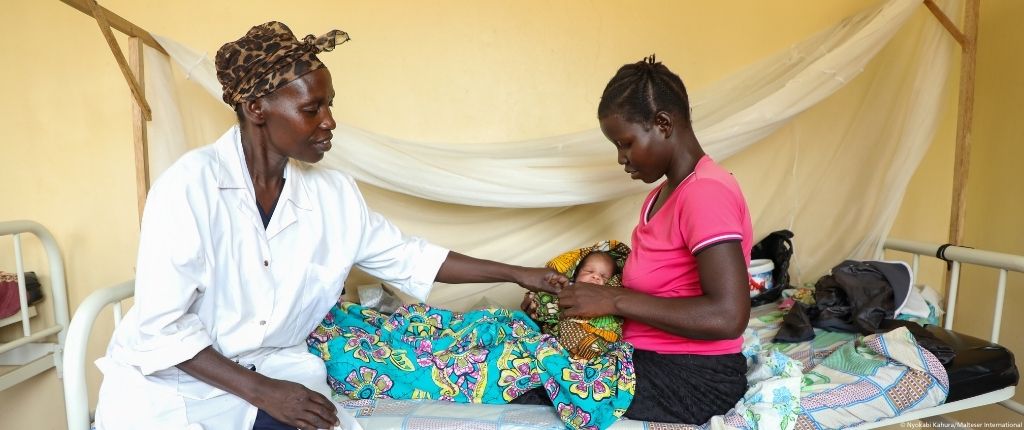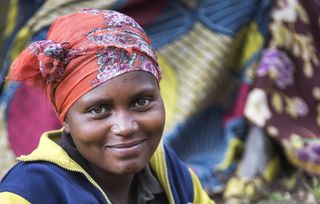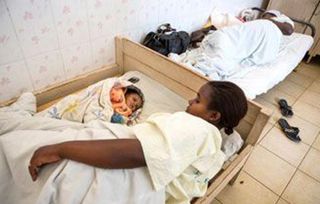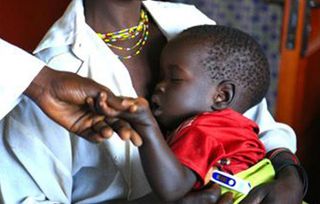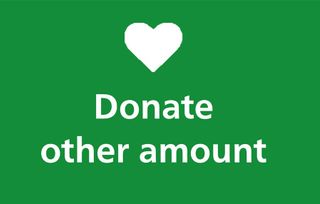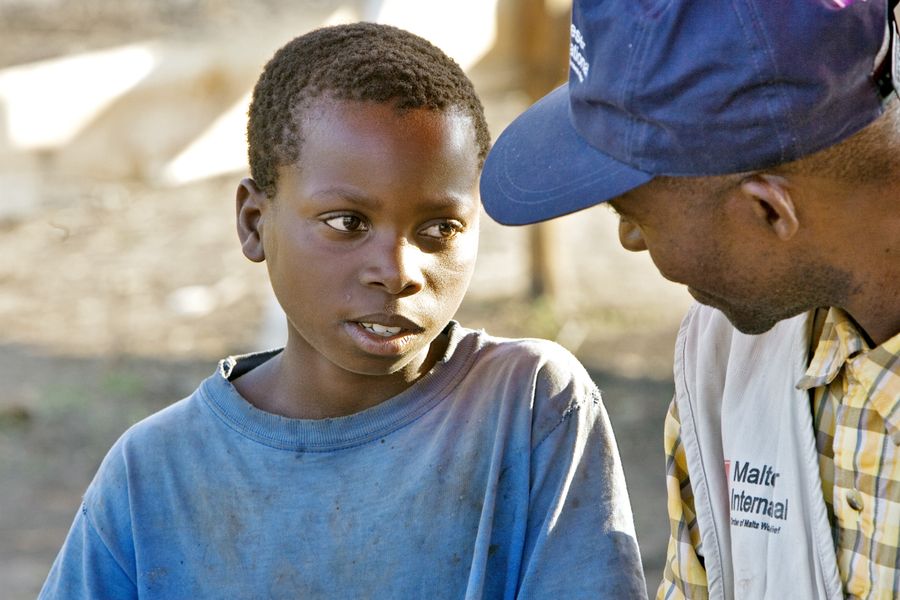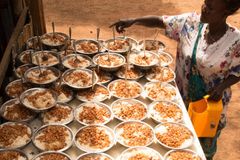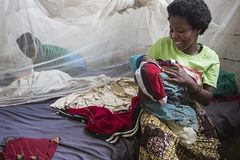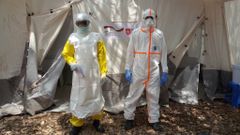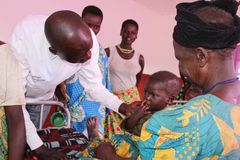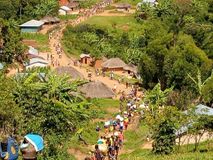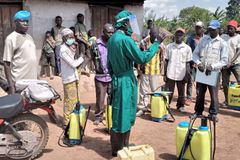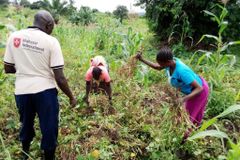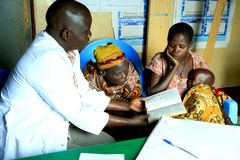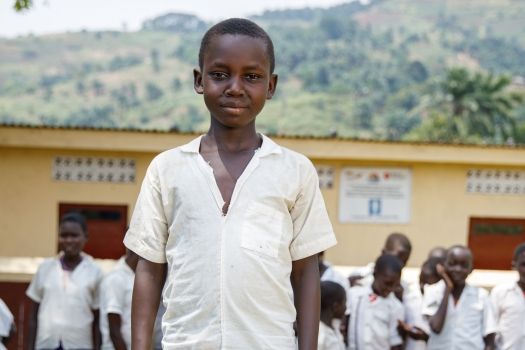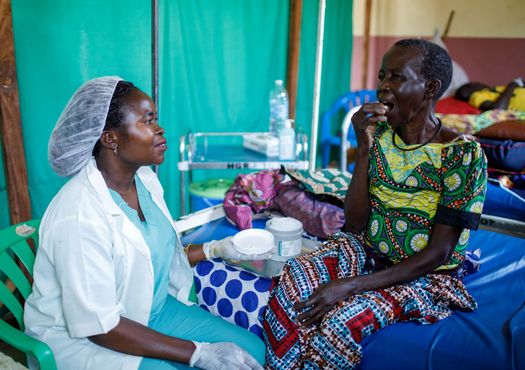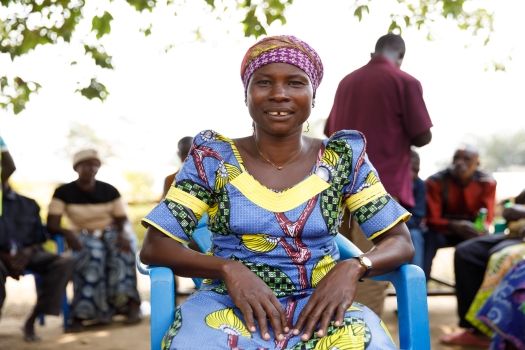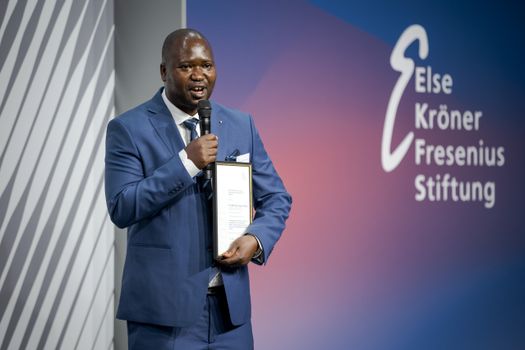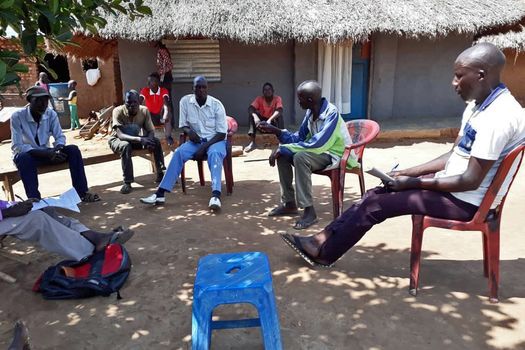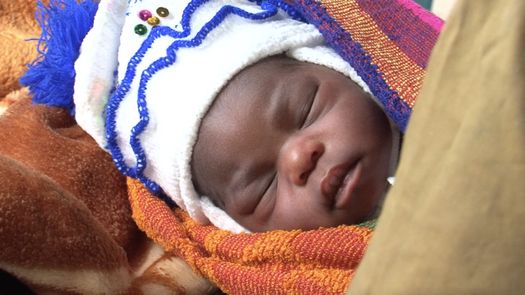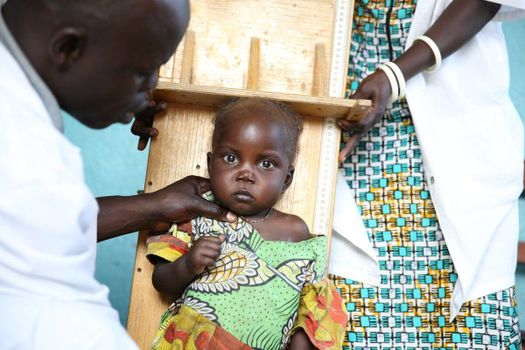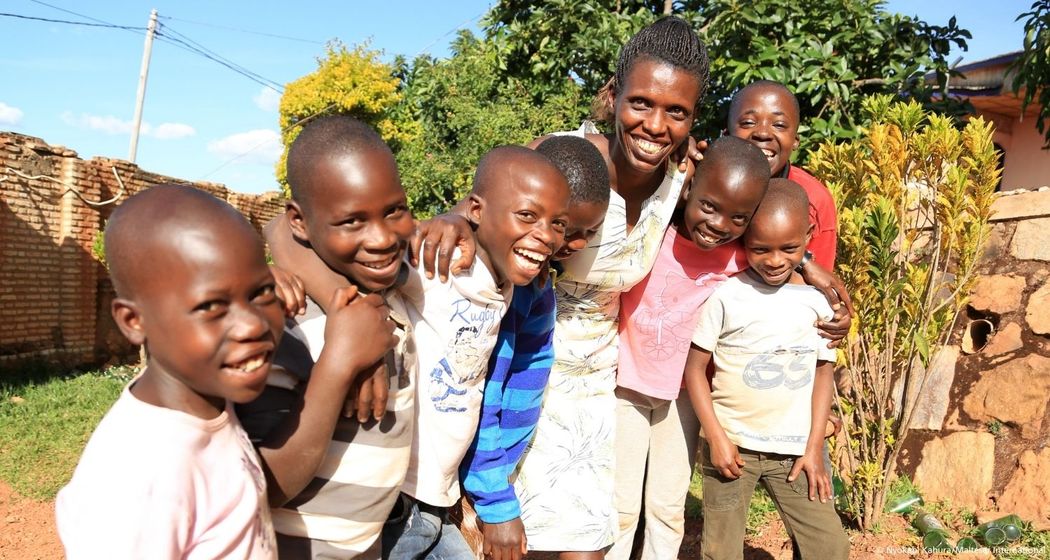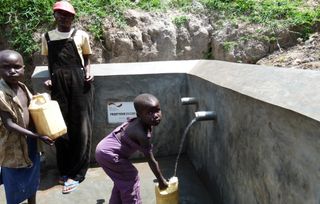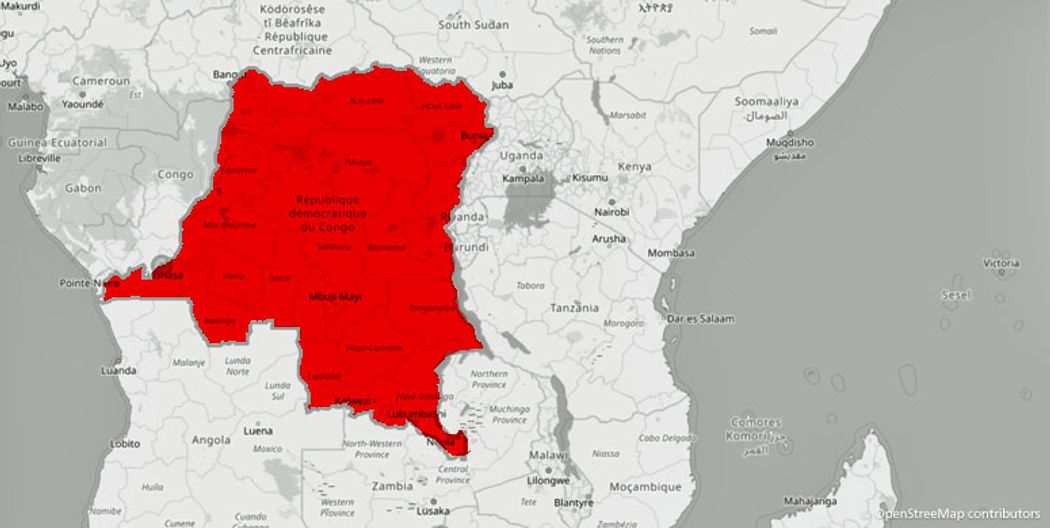According to the World Bank, around 73 percent of the population in the Democratic Republic of Congo live in poverty (World Bank, as of October 2025). This means that about 80 million people live on less than $2.15 per day—below the international poverty line. Despite being the second largest country in Africa and having significant natural resources, DR Congo is still one of the poorest countries in the world. Even with some positive developments, such as a slightly stabilized economy, the poverty rate remains high.
The main causes of poverty in DR Congo are:
- Armed conflicts cause mass displacement, destruction of infrastructure, insecurity and local economic collapse.
- Corruption remains a significant obstacle to development and social justice.
- political instability
- Exploitation of natural resources, from which the population scarcely benefits
- Weak infrastructure
- Lack of healthcare and educational opportunities
- Frequent epidemics hamper the government's development efforts and impact the population.
The high poverty rate brings a series of existential threats to the population. Especially in rural areas, there is a lack of government support. As a result, many people live off small plots of land where they grow food for their own needs.
Poverty often leads to hunger, poor health and a lack of education. Many families can afford neither sufficient food nor access to medical care or schooling. The inadequate healthcare system further exacerbates the situation in the Democratic Republic of Congo. As a result, a vicious cycle of poverty, social exclusion and stagnation is set in motion.

